Embarking on a residential restoration project in Toronto can be both exhilarating and daunting. Whether you’re looking to breathe new life into a historic home or update a space to better suit your modern needs, understanding the basics of residential restoration is your first step. This guide aims to demystify the process, highlight key considerations, and provide you with the knowledge needed to embark on your restoration journey with confidence.

The Importance of Understanding Local Regulations
Before diving into a restoration project in Toronto, it’s paramount to understand the local regulations governing such endeavors. The city’s Building Code is comprehensive, designed not only to preserve the city’s architectural heritage but also to ensure safety and sustainability in modern living spaces. This initial research phase can significantly influence your project’s scope, budget, and timeline. Consulting with local regulatory bodies or hiring experienced professionals can help navigate this complex landscape, setting a solid foundation for your restoration journey.
Moreover, alongside understanding the architectural guidelines, being aware of permit requirements is crucial. This may involve submitting detailed project plans and waiting for approval—a process that can be lengthy but is essential for legal compliance. Engaging with the community can also provide insights into the historical context of your property and any expectations from neighbors regarding restoration projects.
Choosing the Right Professionals for Your Project
Selecting the right team is critical to the success of any restoration project. This includes a reliable contractor, architect knowledgeable in preservation principles, and specialists like restoration-focused interior designers. A cohesive team that understands your vision and the regulatory requirements can streamline the project, keeping it on track and within budget.
When choosing your team, consider their experience with projects of similar scale and style. Reviewing past work and speaking with former clients can provide valuable insights into their process and outcomes. Additionally, clear communication and a shared passion for restoration can greatly enhance the collaboration experience, ensuring your project’s vision becomes a reality.
Planning Your Restoration: From Vision to Reality
Turning your vision for a restored home into reality requires meticulous planning. This involves defining the scope of work, setting a realistic timeline, and anticipating potential challenges. An effective plan outlines every aspect of the project, from structural repairs to aesthetic touches. It’s also important to establish contingency plans for unforeseen issues, such as delays or discoveries of historical significance that may affect the restoration.
Budgeting for Your Restoration: Tips and Tricks
Budgeting effectively for a restoration project can be challenging, given the unpredictability of uncovering hidden issues or the costs associated with preserving historical features. Allocating a contingency fund is advised to manage unforeseen expenses without compromising the project’s integrity. Moreover, exploring cost-effective solutions and materials that meet both the conservation standards and modern requirements can help in managing the budget efficiently.
Uncovering and Preserving Historical Charm
One of the most rewarding aspects of residential restoration is uncovering and preserving the historical charm of your property. This could involve restoring original features like fireplaces or bringing new life to old wood floors. Each element that is preserved or restored adds to the unique story of your home, blending its historical significance with modern living.
Modern Conveniences in Restoration: Striking the Balance
Incorporating modern conveniences into a historic home is a delicate balance. Strategies such as hiding modern appliances within cabinetry designed to match the home’s period or integrating smart home technology in unobtrusive ways can enhance livability without detracting from the home’s historical integrity.
Navigating Challenges During Your Restoration Project
Restoration projects often come with their share of challenges, whether it’s structural surprises, budget overruns, or delays. Adopting a flexible approach and maintaining open communication with your team can help navigate these issues. Preparing for the unexpected and maintaining a problem-solving mindset is essential for overcoming obstacles and keeping your project progressing smoothly.
Sustainability and Eco-Friendly Options in Restoration
Sustainability is becoming increasingly important in the restoration of older homes. Utilizing eco-friendly materials and practices not only benefits the environment but can also enhance the home’s efficiency and reduce ongoing maintenance costs. Considerations might include energy-efficient windows that replicate the original design, reclaimed wood for repairs or renovations, and the use of non-toxic paints and finishes.
Embarking on Your Restoration Journey
Residential restoration in Toronto is a journey filled with decisions, challenges, and ultimately, the joy of transforming a space into something truly your own. By understanding the regulatory landscape, choosing the right team for the job, planning thoroughly, and preparing for the unexpected, you’re setting the foundation for a successful project. Remember, the essence of restoration lies in the respect for the original structure while making it functional and beautiful for today’s living. Happy restoring!
Let’s build something exceptional together — start with your
Free Consultation